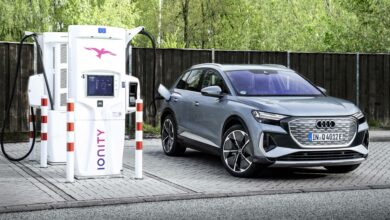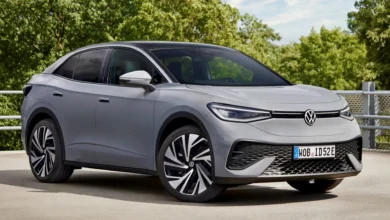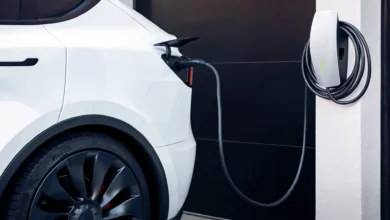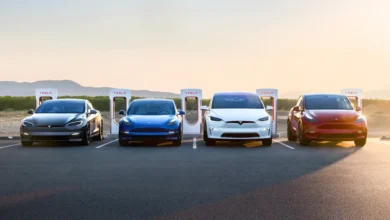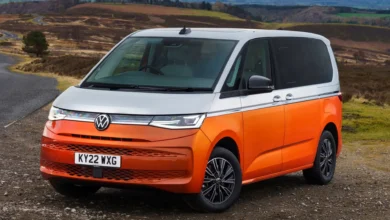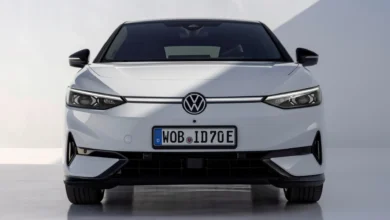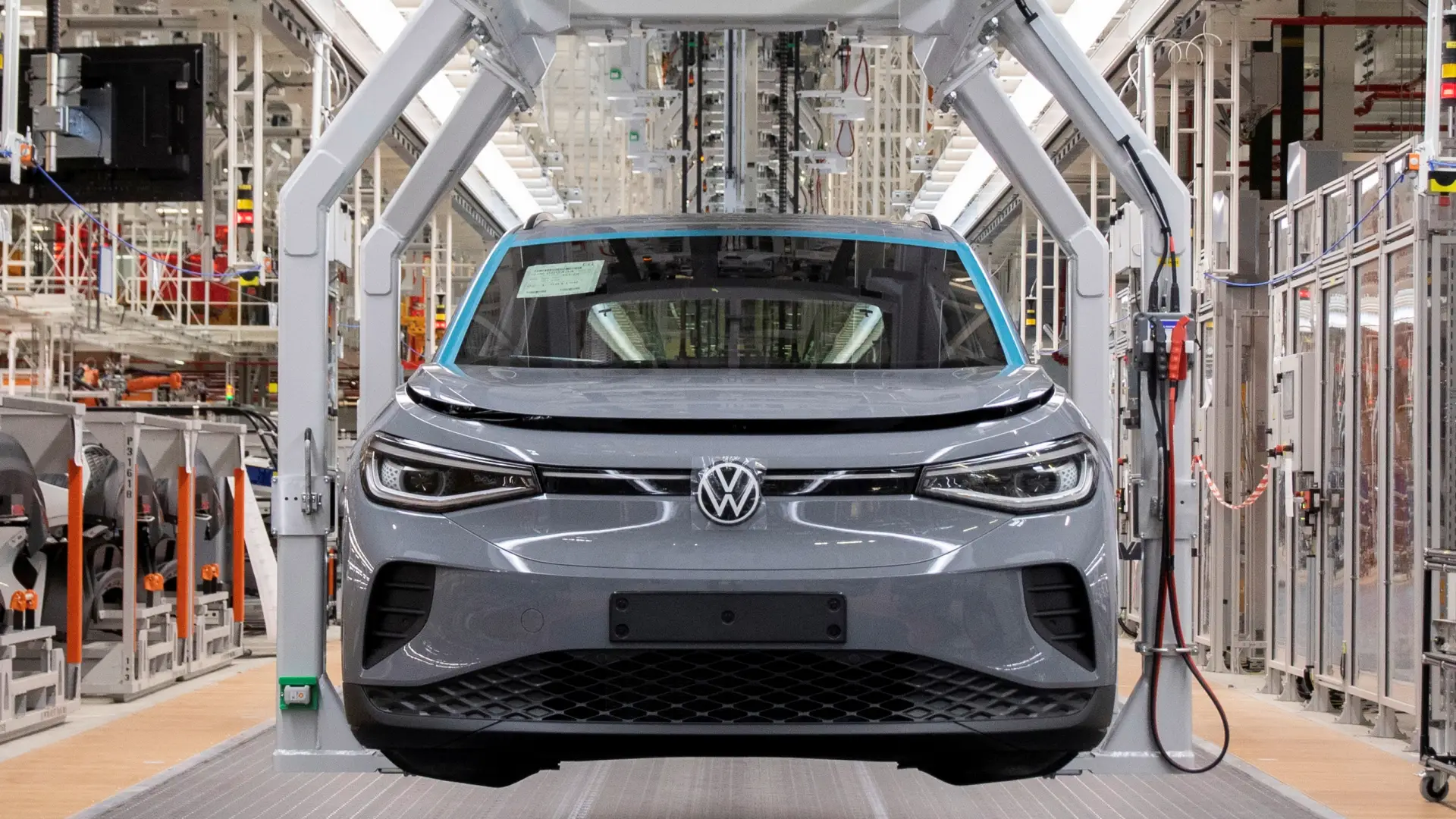
The Volkswagen Group will stop production of several of its electric models at the Zwickau (Germany) plant for three weeks due to a bottleneck in the supply of engines. This stop will affect ID.4 and ID.5, as well as the Audi Q4 e-tron and Q4 Sportback e-tron; However, the ID.3 and CUPRA Born will continue to be manufactured normally.
The reason behind the shortage of propellers is found in the entry into production of the new 286 HP (210 kW) AP550 engine. The majority of units are being assembled on the brand new ID.7, whose first deliveries will take place throughout this month. “The production of electric motors at the Volkswagen Group plant in Kassel is currently only possible to a limited extent,” explains a company spokesperson.
Since the Skoda Enyaq and Enyaq Coupé also use this engine, it is most likely that their output will be affected in the short term even though neither of them comes from Zwickau (they are assembled at the Mladá Boleslav factory, Czech Republic). This should not happen with the CUPRA Tavascan, as it is made in China.
Compared to the engines previously used on the MEB modular platform, the new AP550 benefits from an improved thermal management system that works without the need for an electrically driven oil pump. The system can be cooled independently through the transmission sprockets and a series of specific components for the supply and distribution of oil, which is cooled by the vehicle’s cooling circuit.
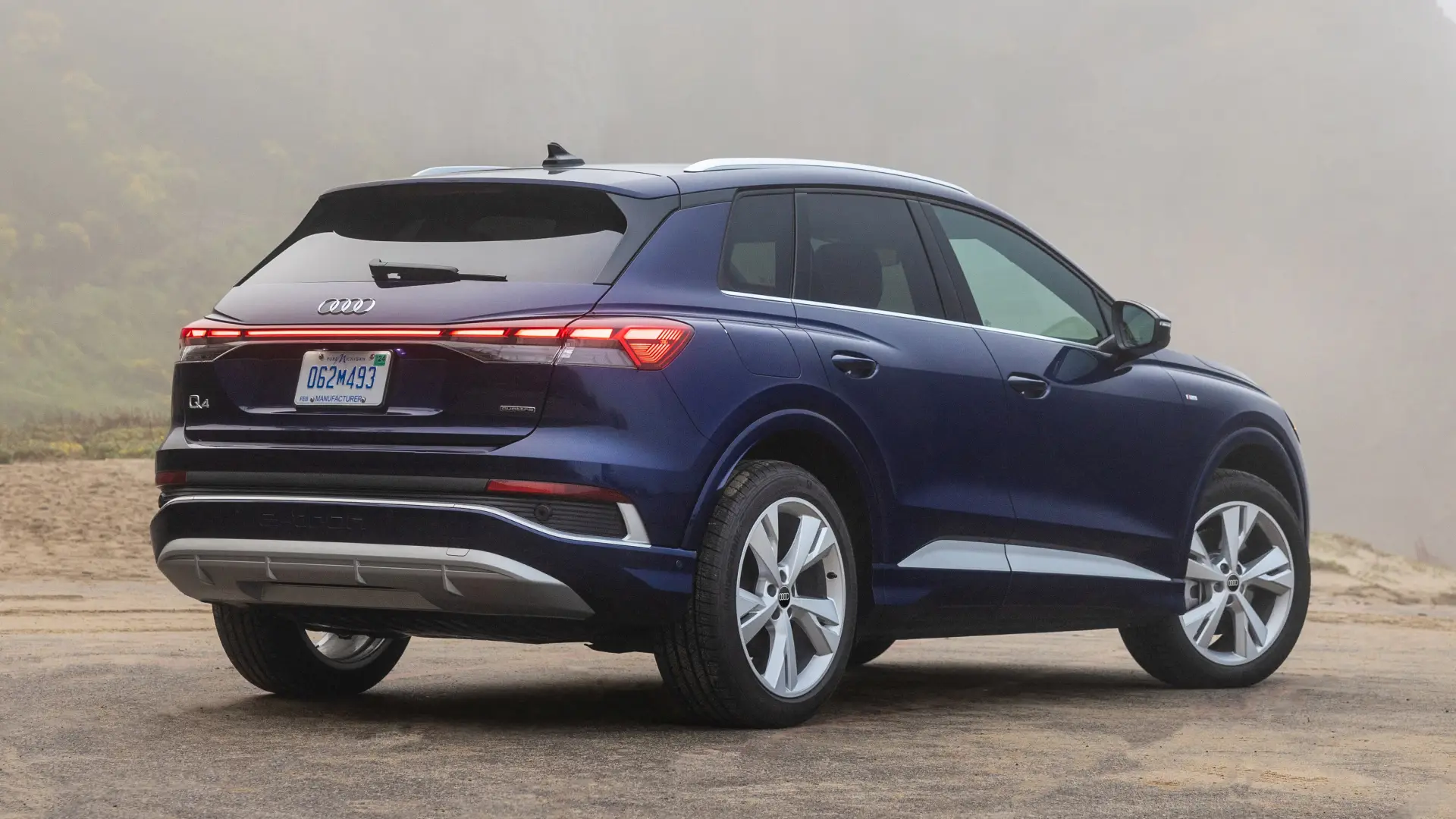
The new AP550 engine stands out for its efficiency
The maximum torque offered is 550 Nm, depending on the transmission ratio used. This higher torque is achieved thanks to an improved stator with a higher number of windings and a larger wire cross-section. The rotor, for its part, is equipped with a more powerful permanent magnet, while the outside of the stator has a water heat sink.
“Because the available space has not changed, we were forced to develop a new unit that would achieve significant improvements in performance and efficiency despite being subject to the same limitations. It was a great challenge for the Group’s Technical Development and Components team. The result shows that we were able to reduce the use of raw materials and, at the same time, achieved a considerable improvement in the efficiency of the vehicle,” said Karsten Bennewitz, director of Drive Train Development, a few months ago.
